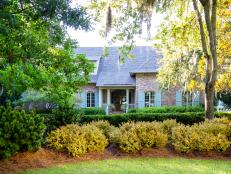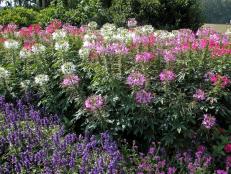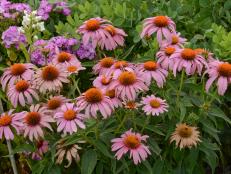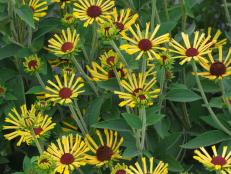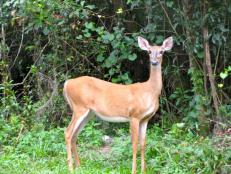1 / 31
Photo: © iStockphoto/Zhorzh2008
Our Favorite Deer Resistant Plants
While no plant is completely deer resistant, our four-legged friends tend to shy away from plants that feature such unpalatable characteristics as bitter flavor, thorny stems, strong scent or unappealing texture.
For example, deer find the fuzzy leaves of the perennial lamb’s ears (Stachys byzantina, pictured above) unappetizing and generally will walk away from a dinner of perennial herbs. The extremely drought tolerant lamb's ears works in a rock garden and makes an attractive edging for beds.
These deer-resistant flowers and plants, placed along with other plantings, can add beauty and a bit of protection to your beloved beds.







